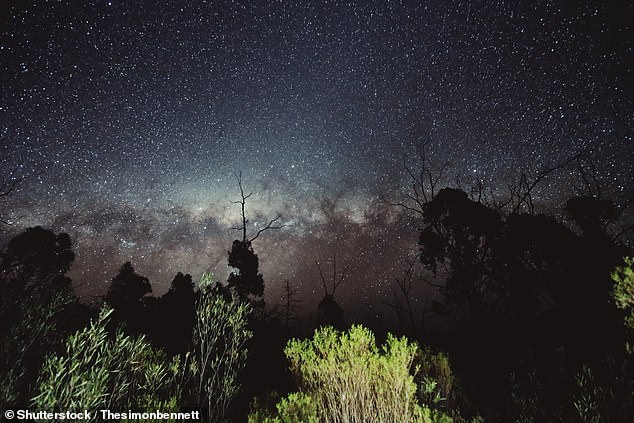A comet larger than Mount Everest will be seen in Australian skies this weekend for the first time in 70 years.
The ‘Devil’s Comet’, scientifically named 12/P Pons-Brooks, will disappear into the outer solar system for another 71 years.
The comet, which gets its name from its “devil’s horn” tail, will be visible just after sunset on Sunday, April 21.
And it will be easy to find if you look west, although it helps if you are in an area with little light pollution. It will shine green somewhere between Venus, the brightest star in the sky, and the sun.
Technically, the comet will be “visible” until July, so its closest pass to Earth will be in June, but on Sunday it will be visible to the naked eye.
A comet larger than Mount Everest will be seen in Australian skies this weekend for the first time in 70 years.
According to Lonely Planet, the two best places to observe the comet are the well-known dark places: Uluru-Kata Tjuta National Park in the Northern Territory and Warrumbungle National Park in northwestern New South Wales.
‘If you’re in a dark place, you should be able to see it with the naked eye. But if you have a pair of binoculars, even if they are small, it will be great,” Australian National University astrophysicist Brad Tucker told 7News.
Skilled stargazers will be able to view the comet in the coming weeks with a telescope as it travels toward the sun before returning to the far reaches of the solar system.
The closer it gets to the sun, the brighter it will burn.
The comet’s famous horns come from “cryovolcanic eruptions” of ice that heat rapidly during its approach to the sun.
Each flare creates a new “tail” as gas, dust and ice shoot off the comet’s surface and become visible along with the steady tail seen on other comets.

Uluru is a dark place, making it one of the best places to see the comet.

Milky Way galaxy high above Warrumbungle National Park in New South Wales
The comet has been seen in the northern hemisphere sky since mid-March.
However, it has not yet been visible in the southern hemisphere because it is below the horizon.


